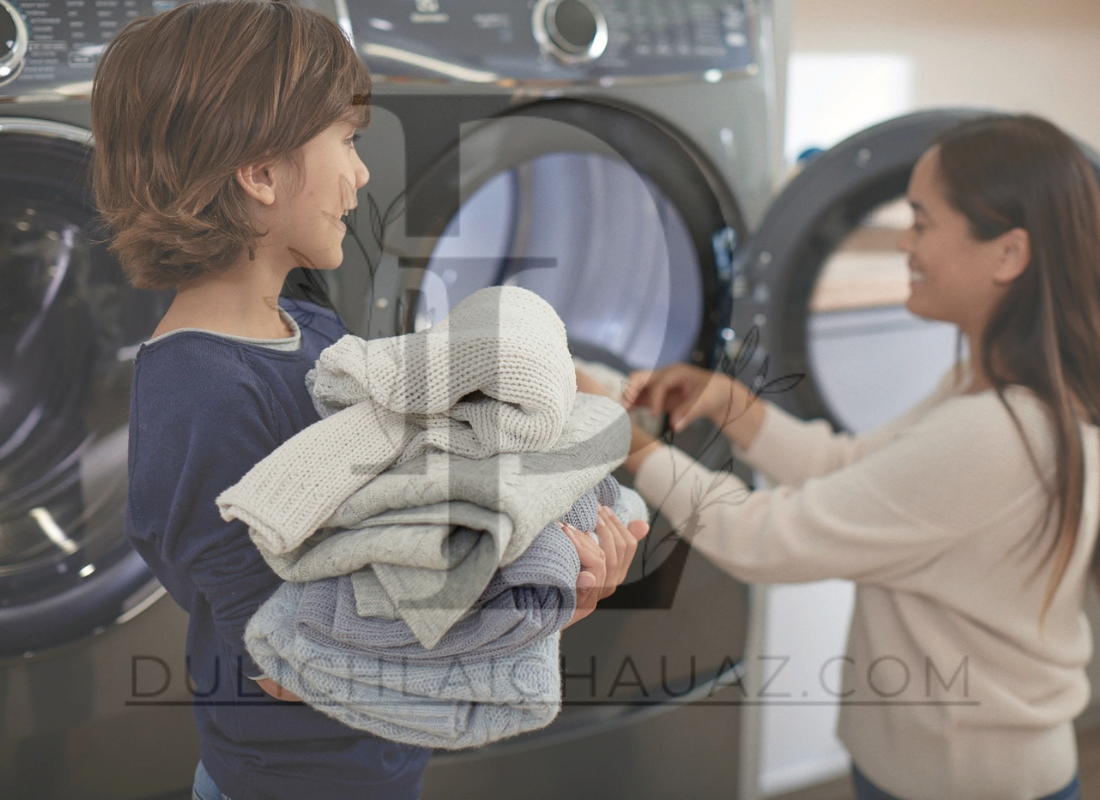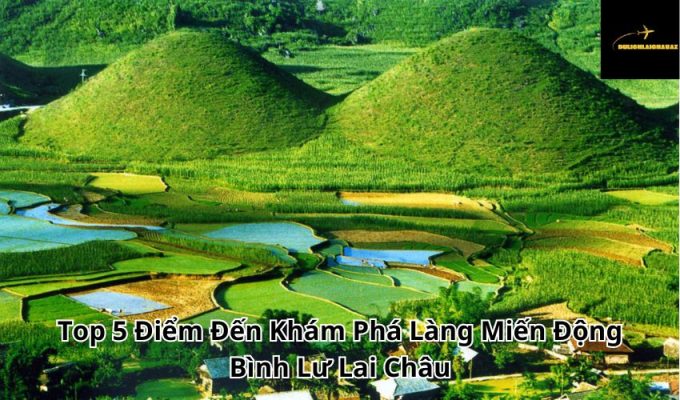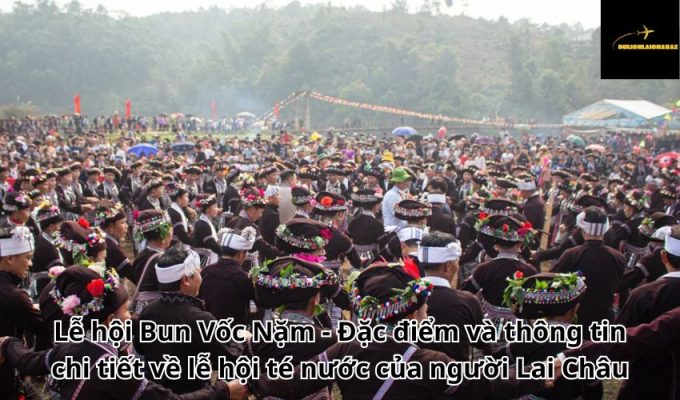Traditional Kitchen vs Modern Kitchen: Which Style is Right for You?
When designing a kitchen, choosing between a traditional kitchen and a modern kitchen can be challenging. Both styles have their unique appeal, functionality, and design elements. While traditional kitchens offer warmth and a timeless charm, modern kitchens are known for their sleek lines and innovative features. In this article, we’ll compare traditional and modern kitchens, exploring their key characteristics, benefits, and how to decide which style is best suited to your home.
Understanding the Traditional Kitchen Style
Traditional kitchens are known for their classic, inviting look. They often feature warm colors, ornate details, and natural materials. This style creates a cozy and timeless atmosphere, making it a popular choice for homeowners who value a more classic aesthetic.
- Design Elements
Traditional kitchens typically feature wood cabinetry, detailed moldings, and decorative elements. Cabinets often have raised panels or carved designs, adding to the overall warmth of the kitchen. Countertops may include materials like granite, marble, or wood, which enhance the classic look. Backsplashes in traditional kitchens often incorporate tiles with patterns or textures that reflect classic design. - Color Schemes
The color palette in traditional kitchens is usually warm and neutral, with shades like cream, beige, and brown. Earthy tones and soft whites are also common, creating a comfortable and inviting atmosphere. Traditional kitchens may include accent colors through decorative items, adding depth and personality. - Lighting
Lighting in traditional kitchens is typically softer, adding warmth to the space. Pendant lights, chandeliers, and under-cabinet lighting create a welcoming glow, enhancing the classic feel. Lighting fixtures often have vintage or antique designs that match the overall theme of the kitchen. - Functionality
While traditional kitchens focus on aesthetics, they’re also designed for functionality. Cabinets and drawers are spacious, offering ample storage for cookware and utensils. The layout often centers around a “work triangle” that optimizes movement between the stove, sink, and refrigerator.
Benefits of a Traditional Kitchen
Traditional kitchens offer several advantages, especially for those who appreciate a cozy, classic environment:
- Timeless Appeal: Traditional kitchens rarely go out of style, which can increase a home’s resale value.
- Warm and Inviting: The earthy color schemes and natural materials create a welcoming atmosphere.
- Customizable Details: Traditional kitchens allow for personalization with decorative elements like crown molding, glass-front cabinets, and intricate hardware.
Understanding the Modern Kitchen Style
Modern kitchens prioritize simplicity, clean lines, and functionality. This style appeals to those who appreciate a minimalist look with innovative technology. Modern kitchens are often more open, creating a sense of spaciousness and flow.
- Design Elements
Modern kitchens are defined by sleek cabinetry, minimal ornamentation, and smooth surfaces. Cabinets are usually flat-panel with hidden handles or touch-to-open mechanisms, giving the space a streamlined look. Materials like stainless steel, glass, and polished concrete are popular, adding to the contemporary feel. - Color Schemes
The color palette in modern kitchens often includes whites, grays, blacks, and other neutral tones. Bold colors like navy blue, dark green, or even red may be used as accents, adding contrast without overwhelming the minimalist design. - Lighting
Modern kitchens often incorporate task lighting and LED options to create a bright, functional space. Recessed lighting, under-cabinet lights, and pendant fixtures add to the modern aesthetic, providing ample light for cooking and food preparation. - Functionality
Efficiency is key in modern kitchens. Storage solutions are often built-in and designed for ease of access. Many modern kitchens also integrate smart appliances, adding convenience and optimizing energy use. The layout tends to be more open, allowing for easy movement and interaction.
Benefits of a Modern Kitchen
Modern kitchens offer a range of advantages, particularly for homeowners who value functionality and contemporary design:
- Streamlined Design: The clean lines and minimalist approach make modern kitchens visually appealing and easy to maintain.
- Innovative Technology: Modern kitchens often incorporate smart appliances, making cooking and cleaning more convenient.
- Efficient Use of Space: Open layouts and integrated storage solutions maximize available space, ideal for smaller homes or apartments.
Traditional Kitchen vs. Modern Kitchen: Key Differences
While both kitchen styles have unique appeal, they differ in several key areas:
- Aesthetic
Traditional kitchens exude warmth and classic charm, with a focus on detailed cabinetry and natural materials. Modern kitchens, in contrast, prioritize simplicity and minimalism, with smooth surfaces and few decorative elements. - Materials Used
Traditional kitchens favor natural materials like wood, granite, and marble, which contribute to the rustic feel. Modern kitchens often feature materials like stainless steel, glass, and engineered stone, creating a polished, industrial look. - Storage Solutions
Traditional kitchens use more conventional storage solutions, such as deep cabinets and drawers. In modern kitchens, storage is often built-in, with pull-out racks, hidden compartments, and touch-to-open cabinets that maintain the sleek appearance. - Lighting Approach
Traditional kitchens rely on warm, ambient lighting to create a cozy environment, with options like pendant lights and chandeliers. Modern kitchens emphasize task lighting, using recessed or under-cabinet LEDs to ensure brightness without compromising the minimalist look. - Technology Integration
Modern kitchens are more likely to feature advanced appliances and smart home technology, from touchless faucets to app-controlled ovens. Traditional kitchens focus less on technology, though high-quality appliances can still be incorporated without detracting from the classic feel.
Choosing Between a Traditional and Modern Kitchen
When deciding between a traditional and a modern kitchen, consider factors like your personal taste, lifestyle, and the overall style of your home.
- Consider Your Aesthetic Preferences
If you’re drawn to warm, inviting spaces with a timeless appeal, a traditional kitchen may suit you best. On the other hand, if you prefer a sleek, clutter-free look, a modern kitchen will likely be more appealing. - Think About Functionality
Modern kitchens tend to offer more innovative storage solutions and technology, making them highly functional and efficient. If you need a highly organized and efficient kitchen, a modern style might be the better choice. Traditional kitchens, however, provide ample space and a layout designed for ease of movement, making them suitable for large families or frequent cooking. - Consider the Rest of Your Home’s Decor
To create a cohesive look, match the kitchen style to the rest of your home. For instance, if your home has classic architectural features, a traditional kitchen can blend seamlessly. If your home is more contemporary, a modern kitchen will complement the overall design. - Budget Considerations
Traditional kitchens often involve more craftsmanship and custom elements, which can increase the cost. Modern kitchens, with their minimalistic design, may offer more budget-friendly options, though high-end modern materials and smart technology can also add to the price.
Blending Traditional and Modern Elements
If you’re struggling to choose, blending traditional and modern elements is a great option. Many homeowners are now opting for transitional kitchens, which combine the warmth of a traditional kitchen with the clean lines and functionality of a modern kitchen. For example:
- Use traditional wood cabinetry but pair it with a sleek quartz countertop.
- Incorporate modern lighting in a classic color scheme.
- Combine smart appliances with traditional decorative elements.
A transitional kitchen offers the best of both worlds, allowing you to enjoy the timeless appeal of a traditional kitchen while benefiting from the functionality of modern design.
Final Thoughts: Traditional Kitchen vs. Modern Kitchen
Both traditional and modern kitchens bring unique benefits, and your choice ultimately depends on your personal style and needs. Traditional kitchens provide a cozy, classic environment, ideal for those who love timeless design and natural materials. Modern kitchens, with their sleek lines and innovative features, cater to those seeking a contemporary look with maximum functionality.
Whether you prefer the charm of a traditional kitchen or the efficiency of a modern one, investing in quality materials and thoughtful design will ensure that your kitchen remains a beautiful and functional space. By understanding the differences and considering a transitional blend if desired, you can create a kitchen that fits your lifestyle and enhances the heart of your home.















Post Comment